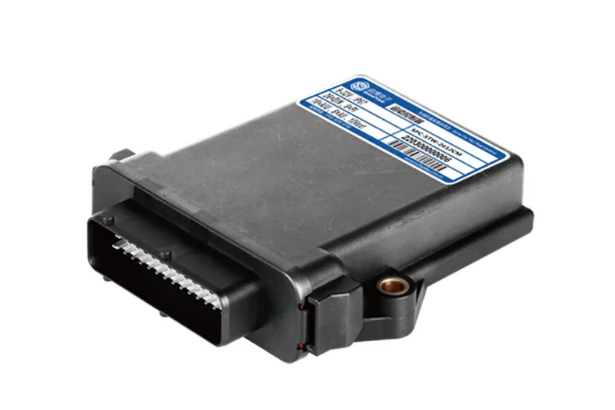Differences Between Local and Remote I/O
Understanding the functionality of both local and remote I/O modules can enhance your operational efficiency by promoting improved safety, reducing wiring complexity, and facilitating standardization for spare parts and engineering drawings.
In industrial networks, input/output (I/O) modules play a crucial role as key components. They transmit input signals from field devices, such as sensors or actuators, to a controller. Subsequently, these modules route output commands from the controller back to the respective devices. Despite the apparent simplicity of this process, complexities arise when deciding how to deploy I/O modules within an industrial network, particularly when considering the available options for remote and local I/O.
The complexity is highlighted by a question posed by one Automation World reader: Can remote I/O be used within the main control/electrical enclosure? While this may appear counterintuitive to the intended purpose of remote I/O, it is not an uncommon method of deploying remote I/O systems.
We began our discussion with an explanation of the different industrial I/O types. According to Little:
Local I/O is a term used to refer to I/O modules located in the same rack or chassis as the controller and typically won’t have any computing power onboard due to its proximity to the controller.
Distributed or remote I/O is typically deployed in a location separate from than the main controller. As such, distributed I/O will typically have some level of computing power onboard to perform data processing, as well as the ability to turn outputs on and off independent of the main processor.
Considering that the definition of remote or distributed I/O implies that the modules are not situated in the primary electrical enclosure, the reader's inquiry about incorporating remote I/O into the main control enclosure might suggest a misunderstanding of the distinction between remote and local I/O. According to Little, however, the question is not entirely misguided as it might initially appear.
Reasons to put remote I/O in the main enclosure
There are numerous compelling advantages to placing remote I/O modules within the main control cabinet, with three key reasons standing out: enhanced safety, reduced wiring complexity, and improved standardization.
In terms of safety, mitigating the risk of arc flash is a significant rationale for incorporating remote I/O into the main cabinet. By strategically positioning remote I/O in specific sections of the cabinet, such as creating separate doors for high-voltage and low-voltage sides, troubleshooting can be facilitated without the need to open all doors, enhancing safety protocols.
Regarding standardization, adopting remote I/O modules throughout the plant can contribute to a streamlined spare parts inventory for the company. This approach minimizes the need for diverse training on various components and promotes consistency by utilizing the same parts across different locations, thereby aiding in adhering to engineering drawing standards.
Higher cost?
While remote I/O modules used to be more expensive than their local counterparts, advancements have led to more compact and cost-effective remote I/O options. In some cases, these modules may even be more budget-friendly than main PLC I/O cards while delivering comparable performance. Given the industry's shift towards network integration, it's likely that the necessary infrastructure, such as Ethernet, is already in place if you have it for your PLC and HMI. Consequently, incorporating an Ethernet remote I/O becomes a seamless addition.
Moreover, there are strategic advantages concerning future expansion. A main PLC chassis typically has a limited number of I/O slots, but the flexibility of adding remote I/O allows for scalable expansion to meet evolving system requirements.

评论
发表评论